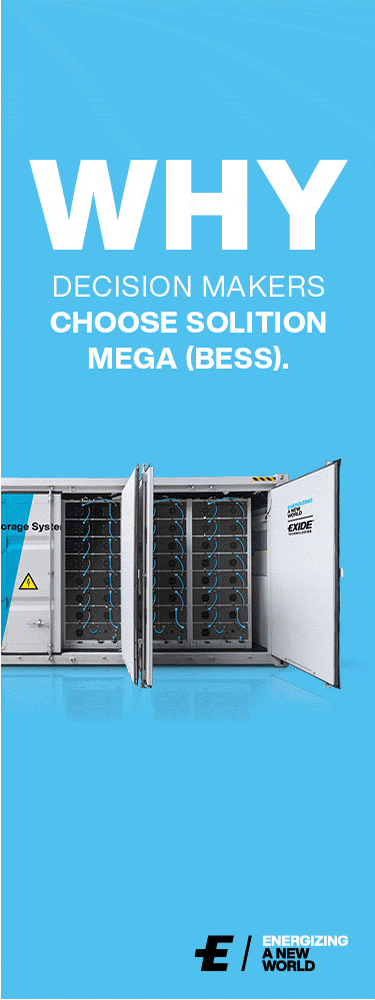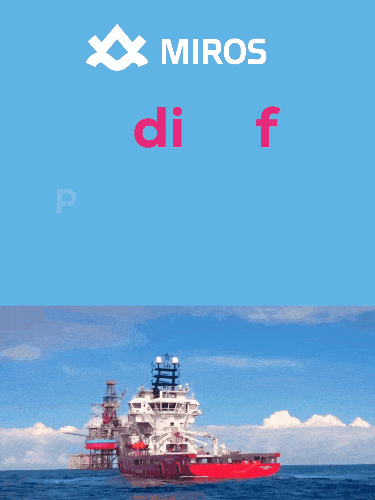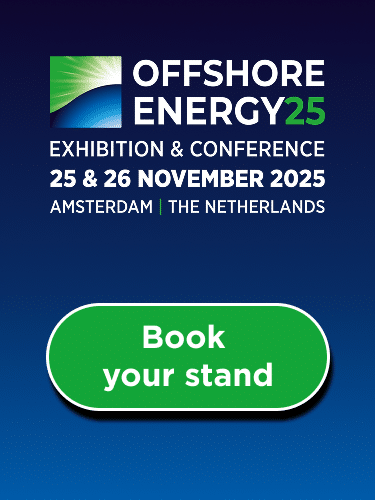News
Delft Students Sail from the Netherlands to England with Self-Built Hydrogen Boat
On the 11th of July, Dutch students from the TU Delft Hydro Motion Team arrived in Ramsgate with their self-built hydrogen boat, becoming the first to cross from the Netherlands to England with a fully hydrogen-powered vessel. The students departed from Breskens and made the nearly 169-kilometer journey across the North Sea on a single tank. With this project, the students aim to highlight hydrogen as a sustainable alternative for the maritime sector.
The crossing did not go exactly as planned. The students had already made an earlier attempt on July 9, but to their great disappointment, this attempt had to be aborted due to technical problems that occurred the day before and the risk of thunderstorms. On July 11, the students made a new attempt. At 11:00 a.m., they set off for the United Kingdom. This attempt initially seemed unsuccessful as well, because during the first few kilometres of the crossing, a cooling pump broke down. The students then made a quick pitstop in the harbour of Zeebrugge, where they replaced the pump in record time. After this, the boat functioned properly again, and the students successfully completed the journey. In the evening, against all odds, the students arrived in the English town of Ramsgate! Successfully finishing their journey over the North-Sea with their hydrogen-powered boat.
The TU Delft Hydro Motion Team has been building hydrogen-powered boats for some time. After a successful summer last year, where they became world champions at the Monaco Energy Boat Challenge, the students decided to take a different approach this year. Instead of the annual race, they organized their own challenge: Being the first ever fully hydrogen-powered boat to cross the North Sea from the Netherlands to the United Kingdom. By crossing the North Sea emission-free, they hope to demonstrate the potential of hydrogen as a sustainable alternative fuel and send a powerful message to ports, governments, and businesses about the possibilities of a green future.
Crossing the North Sea brought many additional challenges for the students, including safety, logistics, and jurisdiction. An internal team was formed to work full-time on the organization of the crossing alongside the testing phase. To ensure safety, protocols are drawn up, extra training sessions and preparations are taken on, and necessary safety products are purchased. Logistical planning was also a significant challenge this year, especially since the exact date of the crossing depended on the weather. The students designated the second week of July as their “weather window,” during which they chose one day with the right conditions for the crossing. In organizing this endeavor, contact was made with numerous harbors, companies, and agencies. Through their project, the students hope to inspire others to strive for a sustainable future.
By crossing the North Sea, the Hydro Motion Team students have put emphasis on the seaworthiness and long-distance capability of their hydrogen boat. Seaworthiness was a new challenge for the team, which had previously focused on speed and maneuverability. This year, the focus was on robustness and reliability. The hull was significantly higher and equipped with a sharp bow to better cut through the waves. Additionally, space was made for an extra tank, bringing the total amount of hydrogen on board to 25 kilograms. This allowed the students to complete the nearly 169 km crossing in one go without refueling.
By taking on this challenge in just one year with only 23 students, the TU Delft Hydro Motion Team aims to prove the power of hydrogen. They seek to encourage the maritime industry, known for its significant pollution, to change and adopt hydrogen as an alternative fuel. The team has been fully dedicated to this ambitious project since August, driven by the motivation to achieve a successful crossing and thereby highlight the potential of hydrogen in the maritime world.
Team Introductie
The TU Delft Hydro Motion Team consists of 23 students who design, build, and sail a boat powered by sustainable energy every year. Each year, they build upon the knowledge of previous years. This year, Hydro Motion Team 2024 aims to stimulate the application of hydrogen and its associated infrastructure in the maritime sector. The ultimate goal is to make the very first fully hydrogen-powered crossing of the North Sea, between the Netherlands and the United Kingdom.
For more information about the team and its ambitions, visit: Youtube: https://hydromotionteam.nl/
Instagram: https://www.instagram.com/hydromotionteam/ Linkedin: https://www.linkedin.com/company/1266892/
Contact information
Team members are available for questions or interviews. For more information or inquiries regarding interviews, contact Jeroen von Berg at:
Mail: press@hydromotionteam.nl
Phone: +31 6 11063158
Available content & media
Visual materials of the team and their project can be found in the Google Drive press kit:
https://drive.google.com/drive/folders/1UUdzckai9PjHzmy7Mr0xHotOKf-0DXX5?usp=sharing

.gif)

















